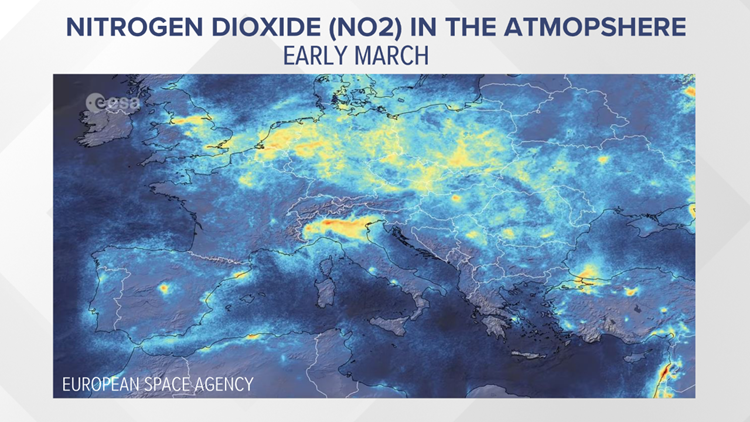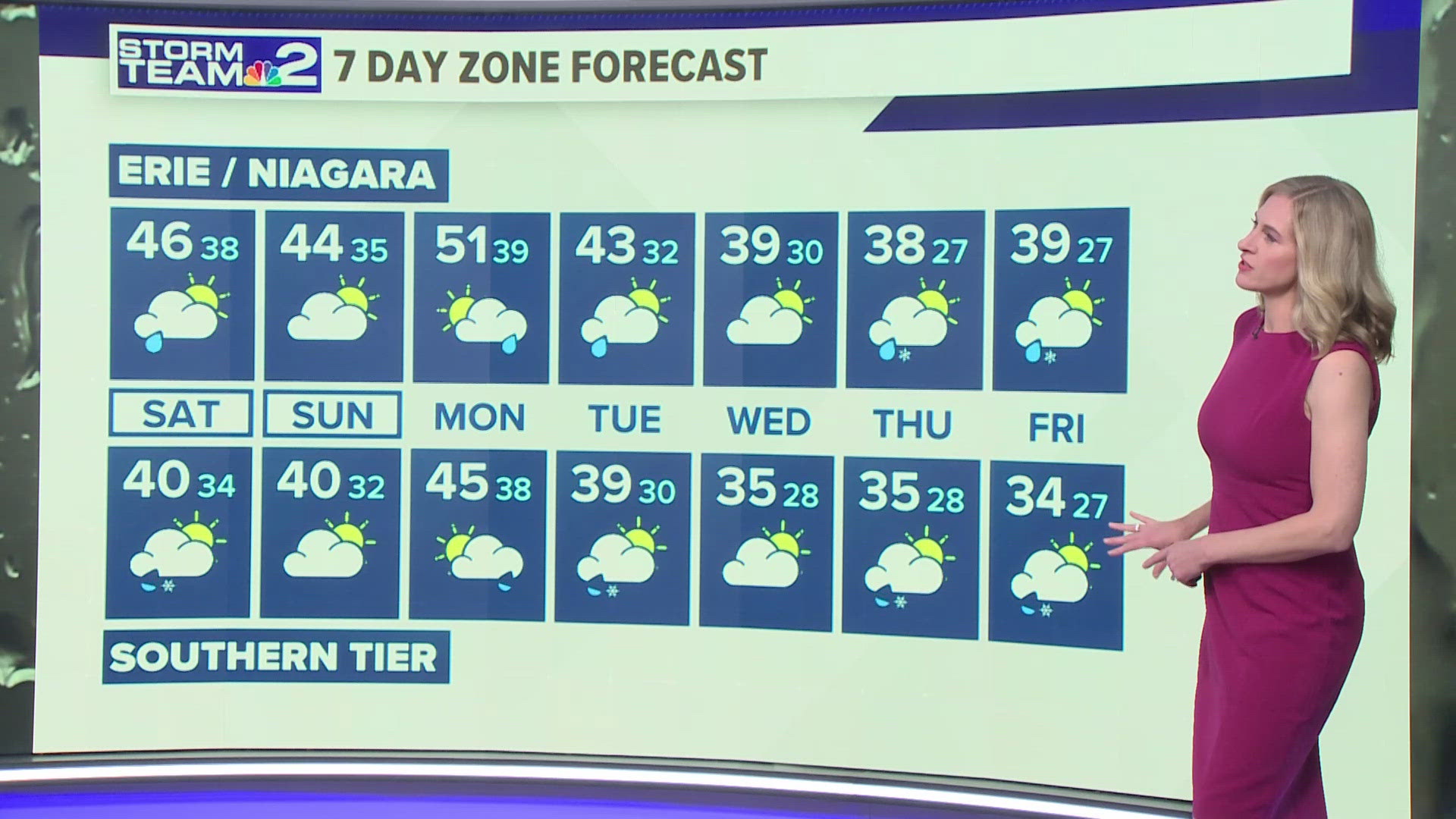There’s no doubt that there have been a lot of downsides to “social distancing” and “self-quarantining.”
The effects range from boredom to ruined livelihoods. Being asked and, in some cases, forced to stay home for long periods of time has radically changed the way society is operating.
It’s also radically changing the makeup of the lower part of the atmosphere. With minimal work commuting, dining out and gathering in general, people aren’t traveling. Without cars on the roads and far fewer planes taking off, pollution levels have dropped significantly, especially in major cities where pollution is frequently an issue.
The most notable change is in the level of atmospheric nitrogen dioxide, or NO2. It’s the main chemical in smog, and 99 percent of it comes from the exhaust pipes of vehicles and other fossil fuel burning activities.
Satellites from the European Space Agency (ESA) and NASA have detected up to a 50% drop in the amount of the gas in places like Wuhan, China and northern Italy in recent weeks.
RELATED: Climate Minute: Our carbon footprint
The concern is that once “regular” life resumes, pollution levels will return to their original state. That is, unless we learn some environmental lessons from this experience and use them to enact some more live-able environmental protections going forward.
New episodes of Heather’s Weather Whys are posted to the WGRZ YouTube channel every Wednesday evening. You can also watch on Thursdays at 5:30 p.m. on Channel 2 News.
If you have a weather question for Heather to answer, send it to her at heather.waldman@wgrz.com or connect with her on Facebook or Twitter.



